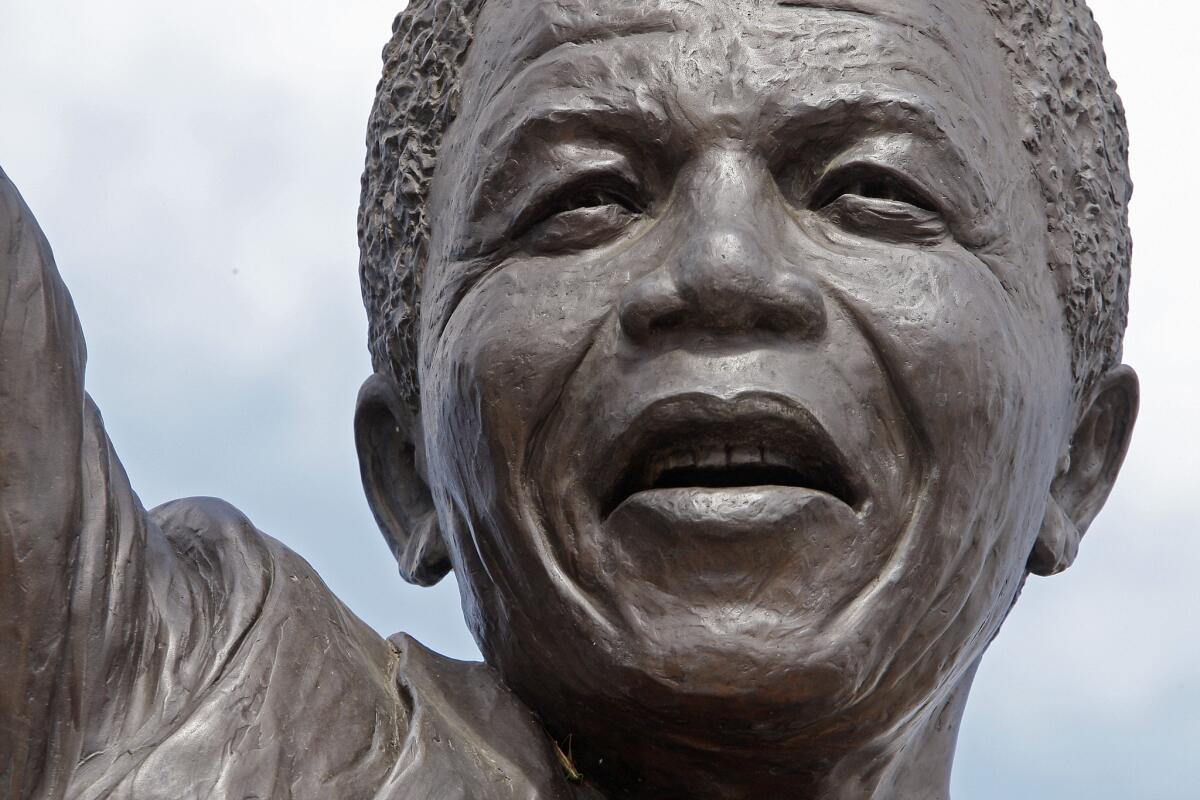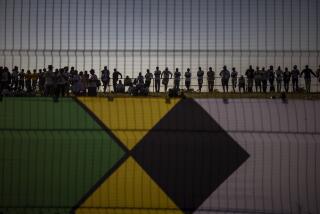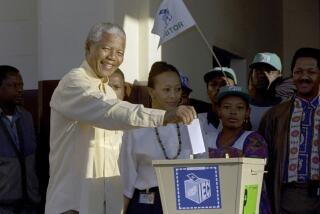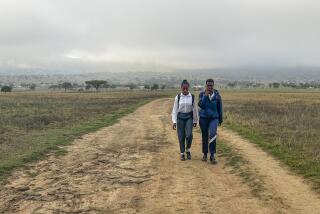Fulfilling the legacy of Nelson Mandela

“Isn’t Mandela still president?” That startling question came from a homeless teenager in a Cape Town township during an interview in 2007, as I set off around South Africa to explore the meaning of freedom in the lives of young people. At first, I thought Jonathan was pulling my leg. A gangly 17-year-old, he loved to tease outsiders.
By then, Mandela had been out of office for eight years, having famously stepped away from power after a single term as president. His successors, Thabo Mbeki and Jacob Zuma, were in the midst of a nasty, enervating battle for control of the ruling party, the African National Congress, and stories about their schism led nearly every newscast. But when it came to South African leaders, Jonathan only knew the name Mandela.
In recent months, as the former president grew weaker, the sound of Jonathan’s voice and the puzzled expression on his upturned face kept washing over me. He was a stand-in, of sorts, for all those less-quoted souls among South Africans — half of them under 26 — who feel they’ve been left stranded on the expected quick transit to freedom.
PHOTOS: Nelson Mandela through the years
The teenager’s confusion about who was in charge masked understandable anxiety: If Utata, or Father of the Nation, was no longer in power, what were the odds that the promises he’d made would eventually be fulfilled?
In this sense, the homeless boy had a jump on his countrymen, who will wake Friday morning to news that the Old Man is dead. Now, they also will be forced to consider what has happened to Mandela’s dream of establishing a new kind of nonracial, nonsexist, non-homophobic and more egalitarian society at the southern tip of Africa.
“Peace. Jobs. Justice.” That was the campaign slogan of the ANC in 1994. Of course, delivering on that slogan has proved far harder than Mandela and his comrades ever imagined. The new democratic government established after apartheid inherited a dysfunctional education system, a shattered economy, massive socioeconomic inequalities and the nascent AIDS pandemic.
PHOTOS: Notable deaths of 2013
South Africa’s new leaders compounded the country’s troubles by ignoring HIV, launching into a massive series of arms sales riven with kickbacks, failing to control corruption and implementing too few of the promised programs for economic development. Massive social spending created a social welfare net, but it will be difficult to sustain.
By 2007, kids like Jonathan had no personal memory of life under apartheid, and yet the idea of white domination still loomed large in their imagination. In fact, Jonathan felt quite certain that any minute the ANC government could be upended by force. “Do I feel free now?” he asked me, repeating a question I’d posed. “I am not free!”
What fueled his conspiratorial view was the visible evidence all around that the basic game was rigged along racial lines. While millions of poor blacks had joined the ranks of middle-income earners in the first two decades of democracy, race and class were still tightly intertwined. More than a decade after democracy arrived, an estimated 94% of white children, for example, had an employed parent living in the home, while only a third of black kids could say the same.
TIMELINE: The remarkable life of Nelson Mandela
Jonathan had actually met the famous Mandela in the flesh a few years before I met him. As a member of a soccer team for homeless kids, he had been invited to the offices of the Nelson Mandela Foundation in Johannesburg. This was the kind of unscripted exchange with youngsters that Mandela loved to have in retirement.
At first, Jonathan didn’t believe the meeting would happen. And when the team finally boarded a plane in Cape Town to fly to Johannesburg, he found himself unable to concentrate on the high-profile encounter ahead. No one had bothered to explain to him how it was possible for such a big object to achieve liftoff, and he’d felt certain as the plane blasted down the runway, engines roaring, that he was about to die.
Meeting Mandela was a breeze by comparison. All the players were seated in rows in the auditorium at the foundation office when the doors swung opened. There, all of a sudden, was the Old Man, looking frail. Once Mandela had eased into his seat, he cracked his first of many jokes: “I know Cape Town very well because I stayed there for more than 24 years — on Robben Island,” he told the boys, grinning.
After Mandela spoke to them about the value of education, trilling his Rs and urging them to “r-r-r-ise through to the best levels of education,” the boys went up one by one to shake the great man’s hand. The entire scene was engraved on Jonathan’s memory as the moment when a man described to him as the most important person in the world asked him for his name and invited him to share his story.
The main focus of the countless Mandela obituaries will rightly be the remarkable trajectory of the leader’s life — from rural villager to resistance leader and from longtime prisoner to president. It even seemed that he’d staged a triumphal end to a triumphant life. One prominent South African editor wrote that he’d managed his own departure brilliantly, consciously “weaning” his people “like a good parent.” Of course, the young people he influenced, directly and indirectly, make up his living legacy.
Certainly, had Mandela died 20 years ago, or 10, or even in 2007 — when the homeless boy named Jonathan labored under the misimpression that he still served as president — the impact would have been far more devastating. In the last two years of repeated health scares, Mandela seemed to have been testing the waters and preparing people for his departure.
Ultimately, his greatest gift may have been to transform himself from the indispensable leader and make himself dispensable, at last. The heavy lifting — translating political liberation into material freedom for young South Africans — now lies in the hands of lesser mortals. Rise, the beloved country.
ALSO:
First person: Growing up in South Africa
Patt Morrison: When Mandela visited L.A.
Anti-apartheid icon Nelson Mandela dies at 95
Douglas Foster is the author of “After Mandela: The Struggle for Freedom in Post-Apartheid South Africa” and an associate professor of journalism at Northwestern University.
More to Read
A cure for the common opinion
Get thought-provoking perspectives with our weekly newsletter.
You may occasionally receive promotional content from the Los Angeles Times.










